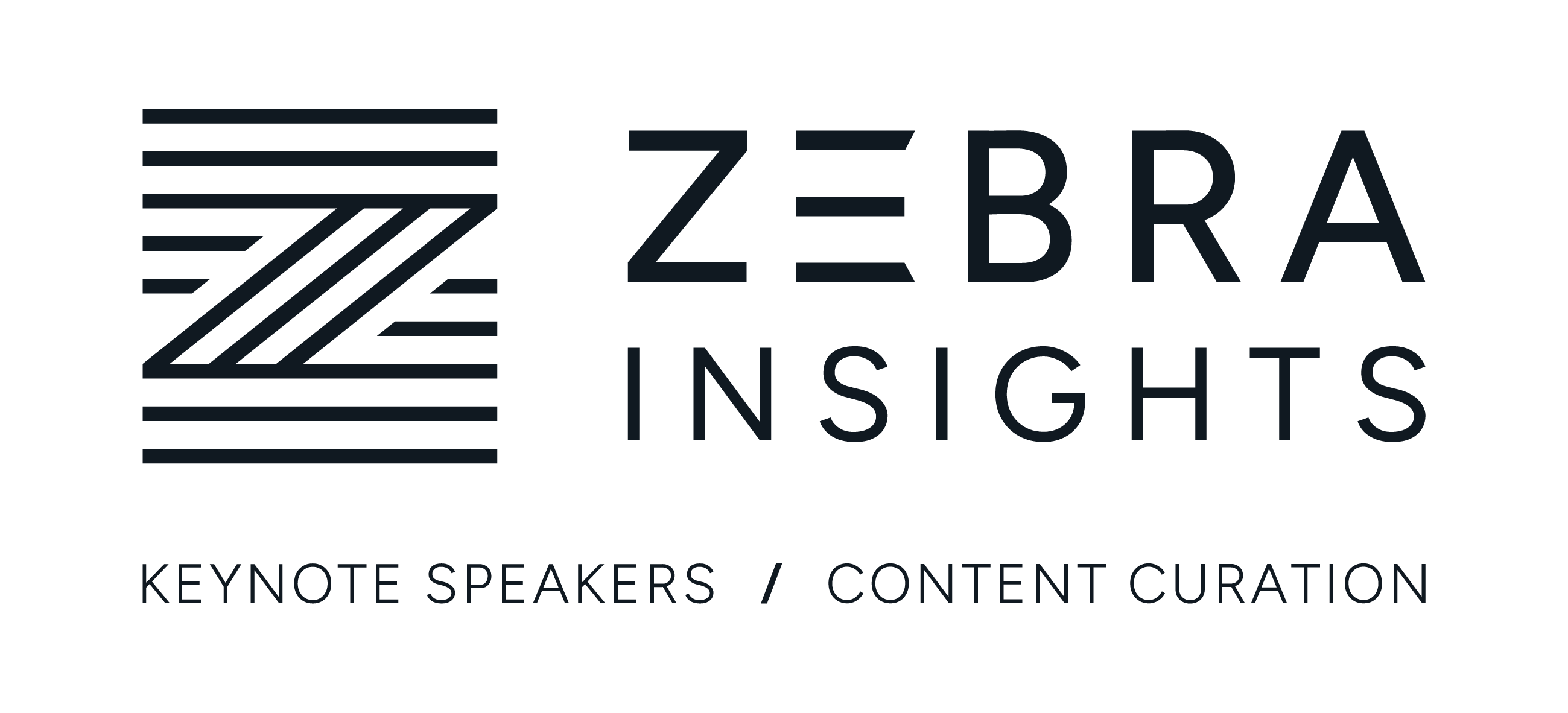The United Nations’ 2030 Agenda for Sustainable Development has demonstrated that sustainable business strategies could unlock more than US$12 trillion per year and create up to 380 million jobs by 2030, illustrating why the goals are the greatest economic opportunity of our lifetime. Achieving Goal 5 (gender equality) has a ‘multiplier effect’ on all of the UN’s Global Goals. For example, one study of more than 1,500 global corporations found that compared to companies with less gender-balanced boards, those with more women board members offer more goods and services to communities with limited or no access to financial products. Those organisations also tend to prioritise environmental issues and are likely to invest in renewable power, low-carbon products, and energy efficiency.
However, progress would need to speed up significantly; a recent report by the World Economic Forum found that at the current pace of social and economic change, it would take 217 years to reach gender equality.
The effects of present gender inequalities are particularly harsh for many women in developing economies. Asia Pacific is today arguably the most dynamic region in the world, a global engine of growth driven by productivity, investment, technology, and innovation. Advancing women’s equality in the countries of Asia Pacific could add $4.5 trillion to their collective annual GDP in 2025, a 12 percent increase over the business-as-usual trajectory.
Women can help—and are helping—to power this engine, making vital contributions to sustaining and enhancing Asia’s growth and lifting more people out of poverty. Yet gaps remain large in many countries in the region on gender equality both in work and in society. Through research and work in the region, UNDP has identified the common thread fueling gender inequality to be the underlying social and cultural norms that normalize this imbalance. This requires interventions that move beyond one-sided strategies and solutions that simultaneously address the perceptions that justify this inequality along with skilling, enhancing employment opportunities, leveraging technological advances in favor of gender equality.
Harnessing new technologies presents both opportunities for creating gender-equal economic opportunities for women, as well as important challenges

Harnessing new technologies presents both opportunities for creating gender-equal economic opportunities for women, as well as important challenges
New technology, artificial intelligence, automation, mobility, new behaviour patterns, and the gig economy are changing the dynamics of work and the skills required. Harnessing these technologies presents both opportunities for creating gender-equal economic opportunities for women, as well as important challenges. Globally, 40 million to 160 million women might face the need to transition between occupations by 2030, often into higher-skilled roles. To weather this disruption, women (and men) need to be skilled, mobile, and tech-savvy, but women face pervasive barriers on each, and will need targeted support to move forward in the world of work.
In the world of transition, we are providing our clients worldwide with a collection of insights, resources and advice from female leaders on how to build upon each other’s experiences, successes and ambitions and propel each other even further.
Please check out a snippet of our speakers on the topic of ‘Female Leadership’.
For more information on Zebra Insights speakers and experts, please drop us an email at: info@zebrainsights.com or just fill out this form on our website.


